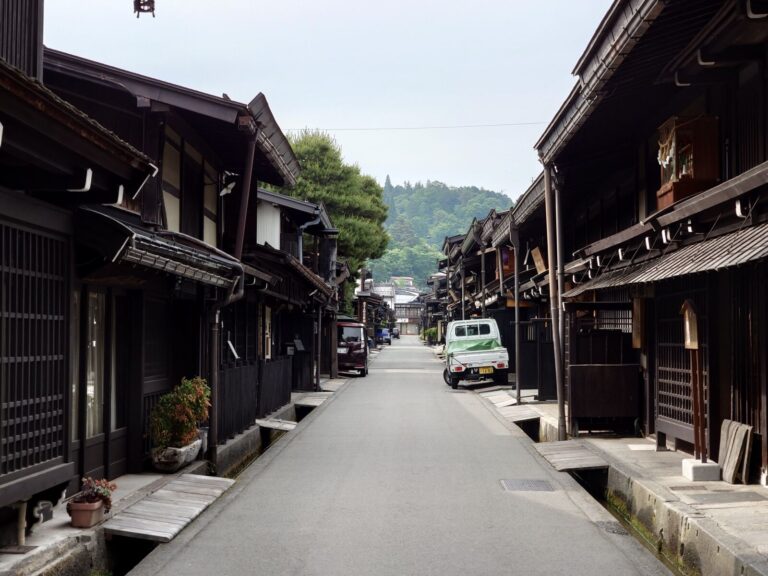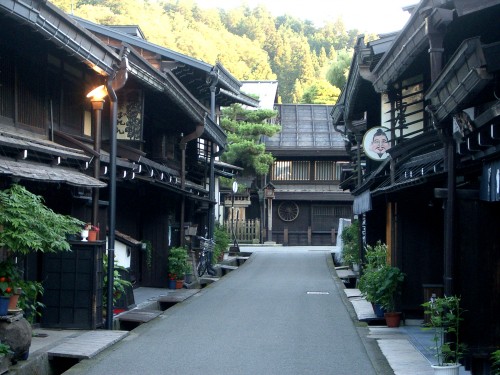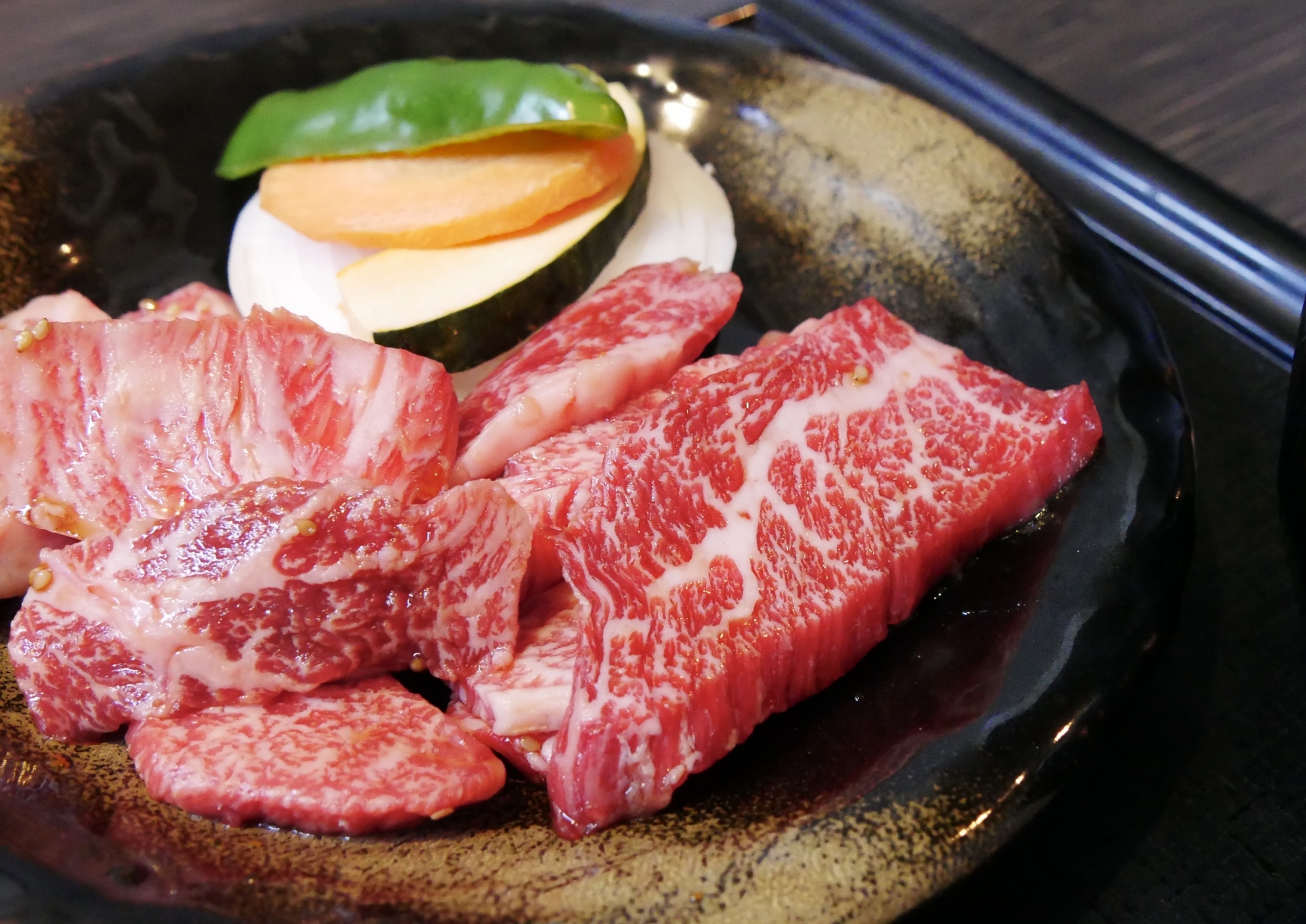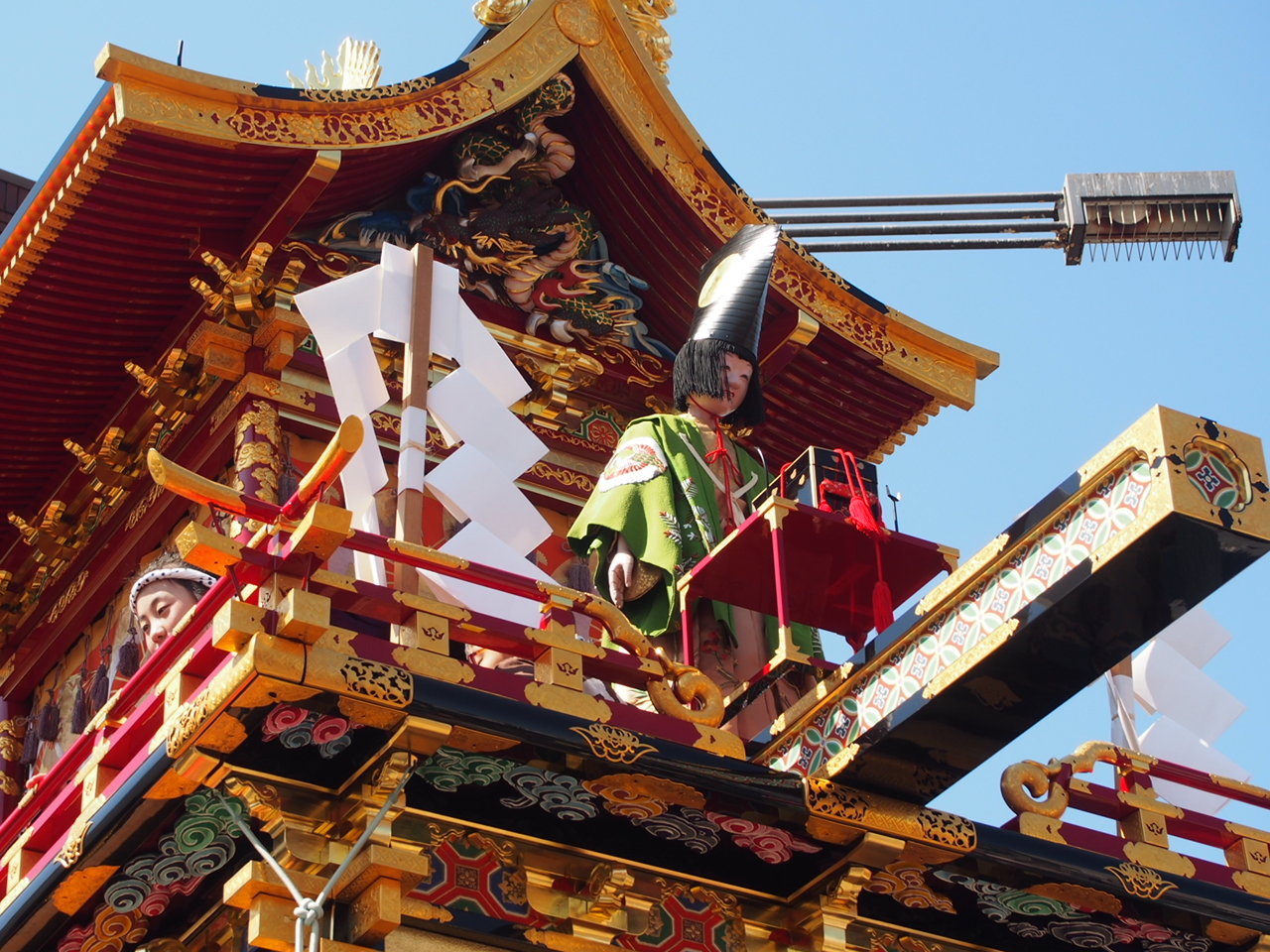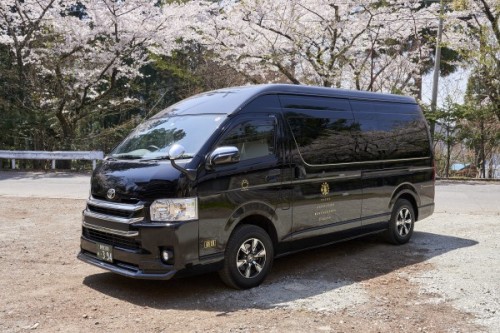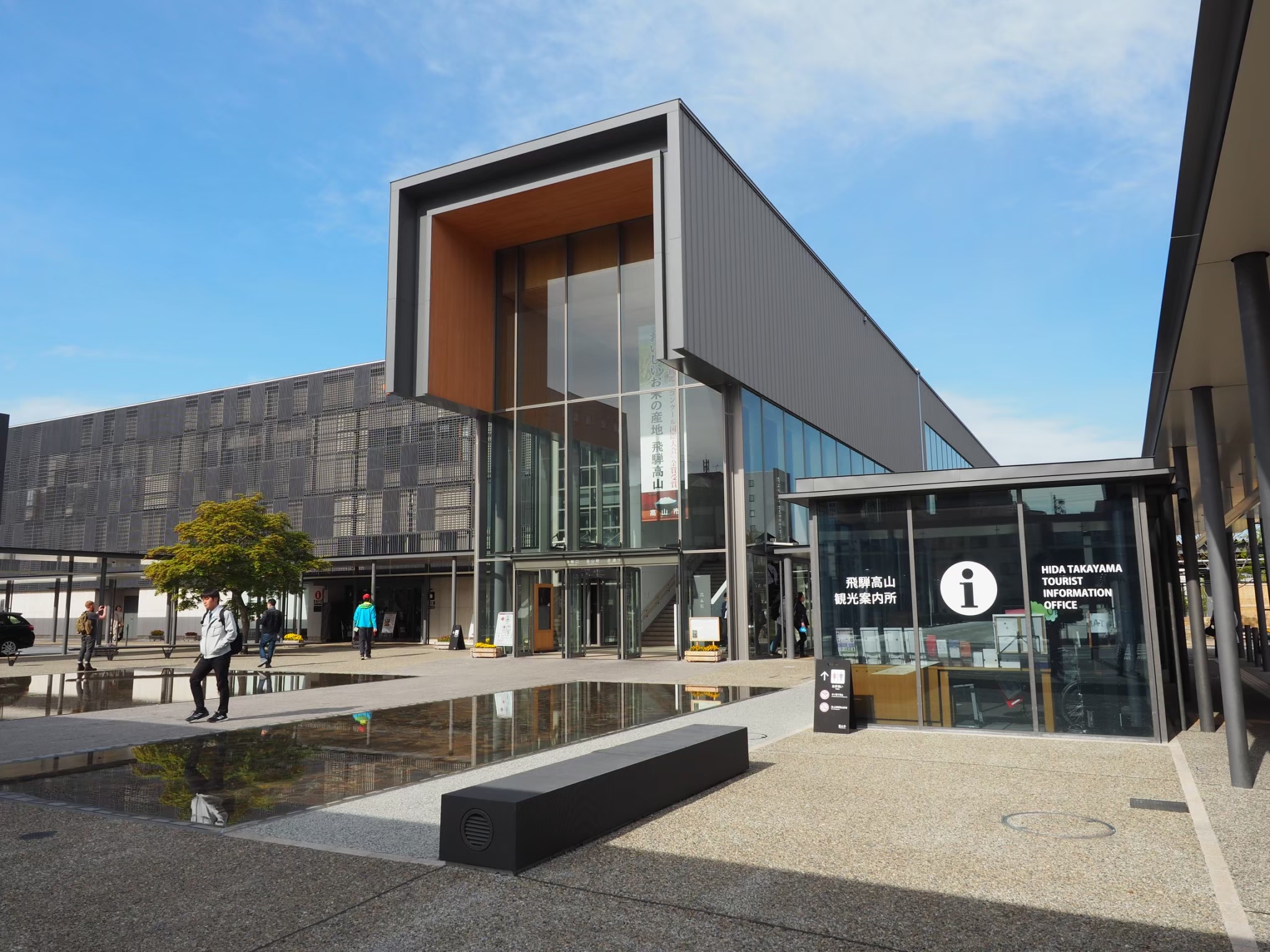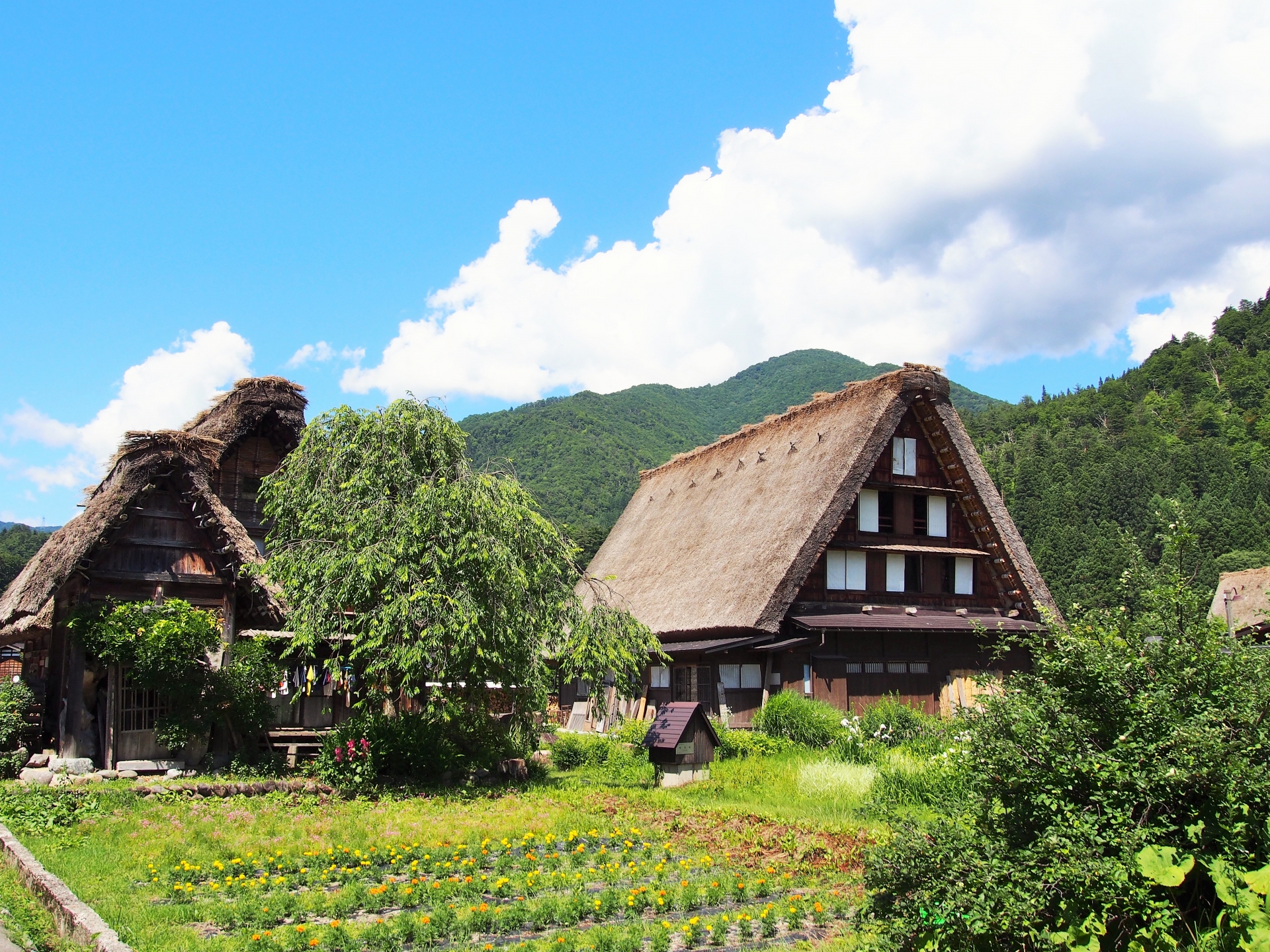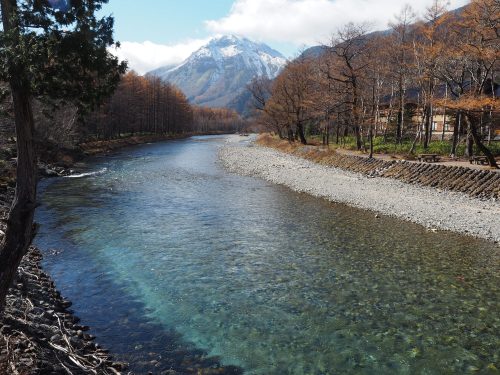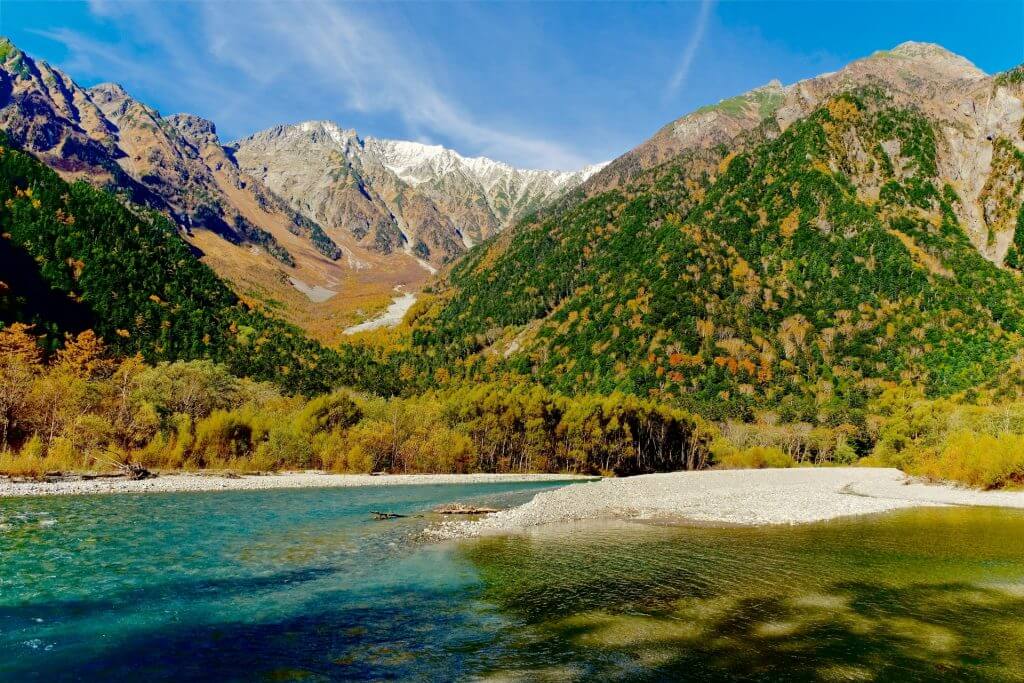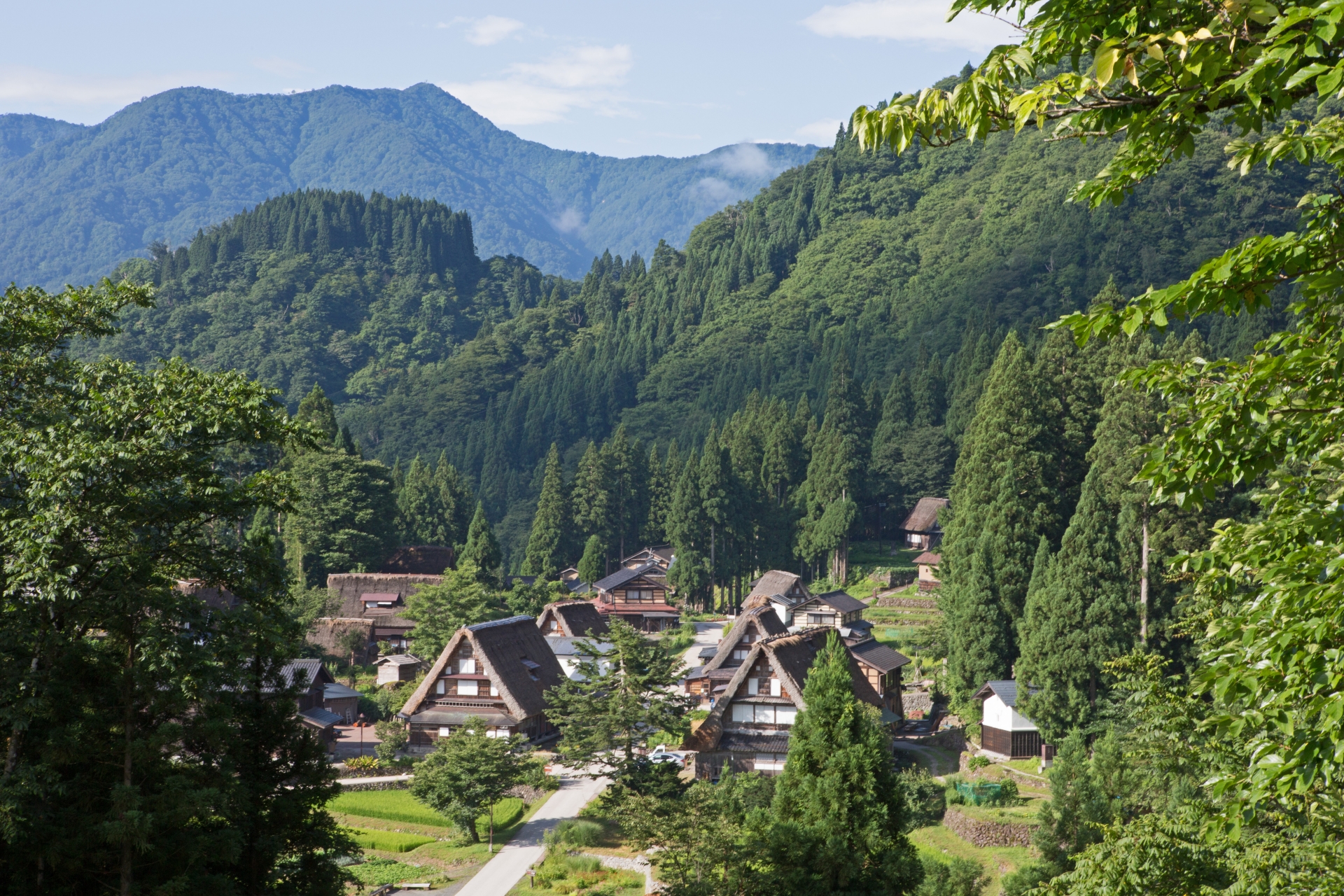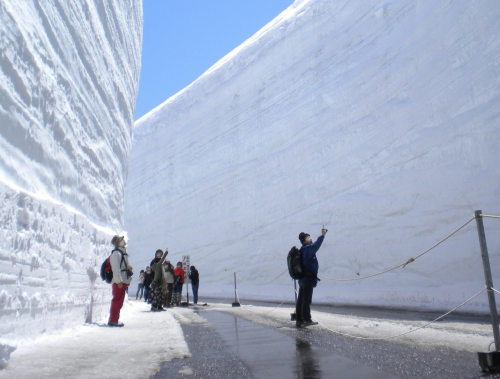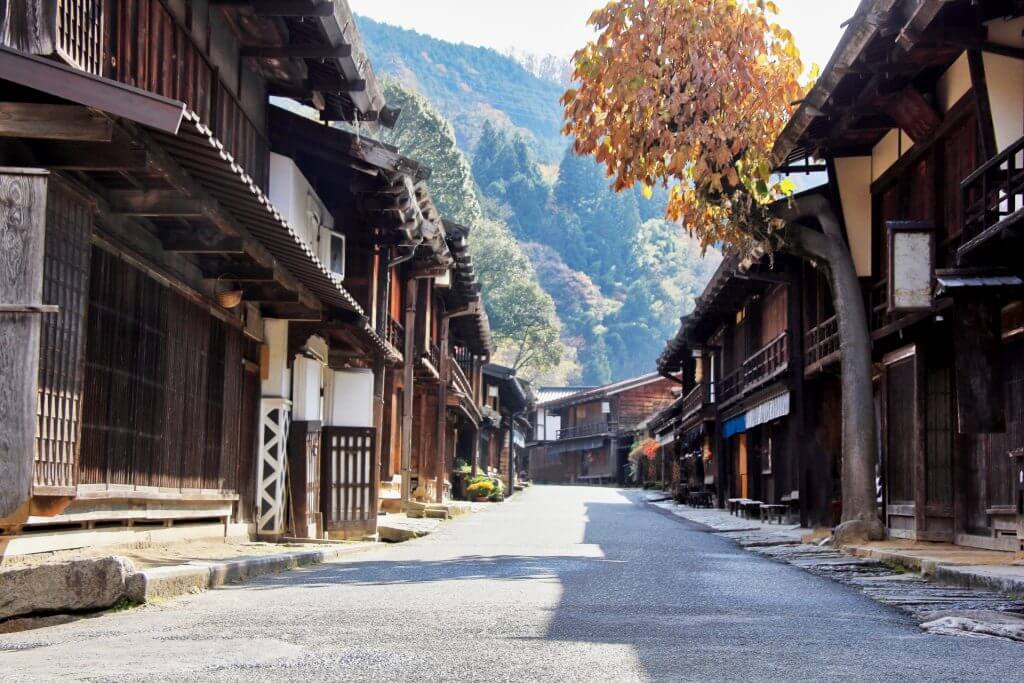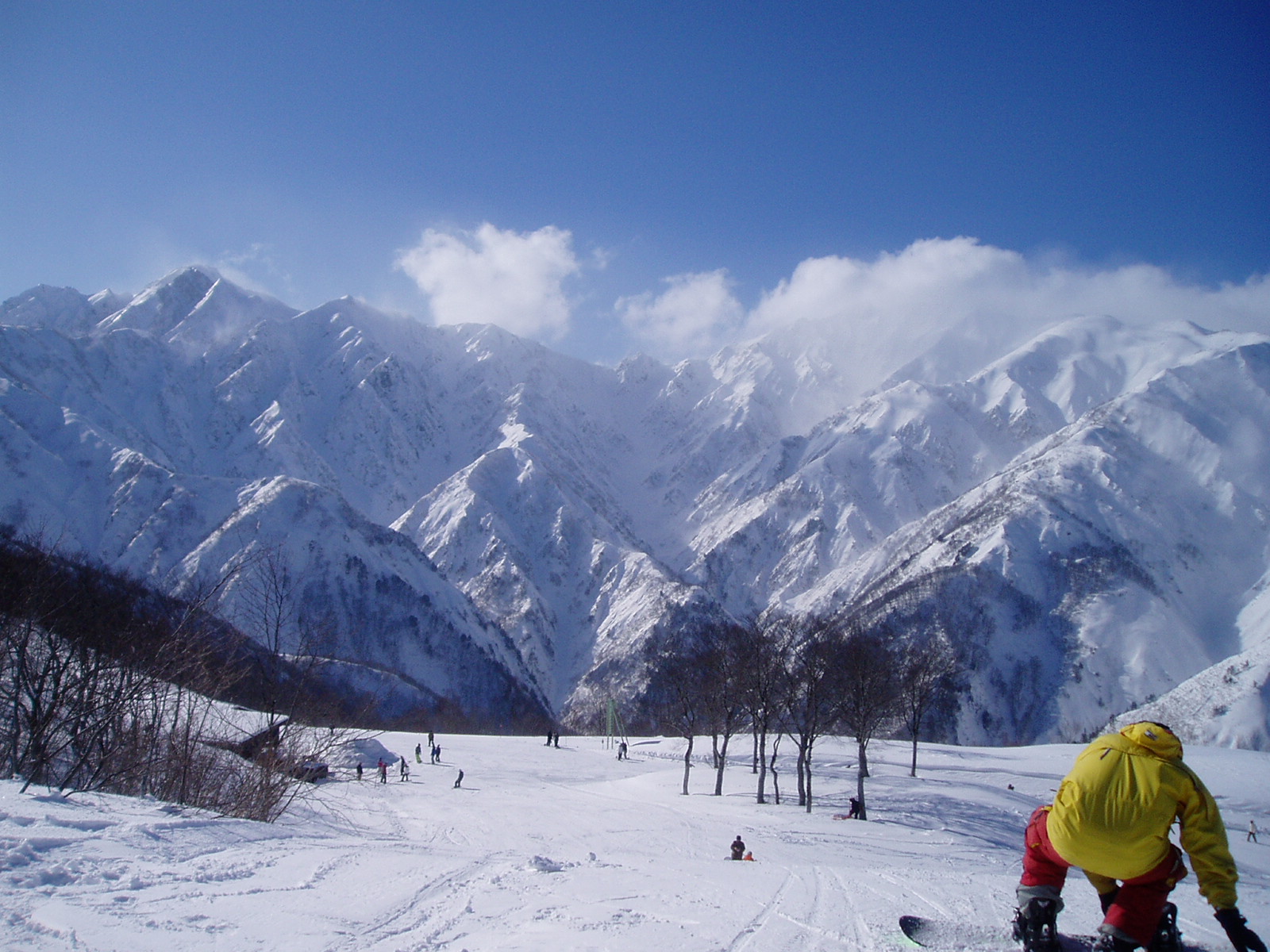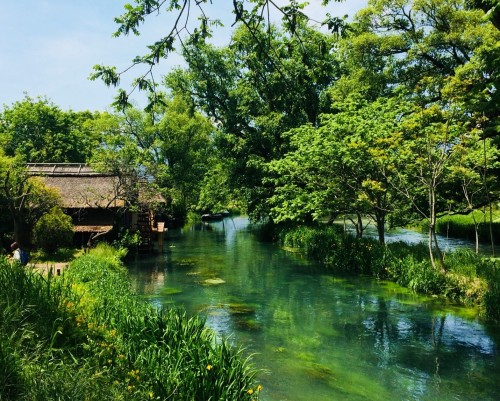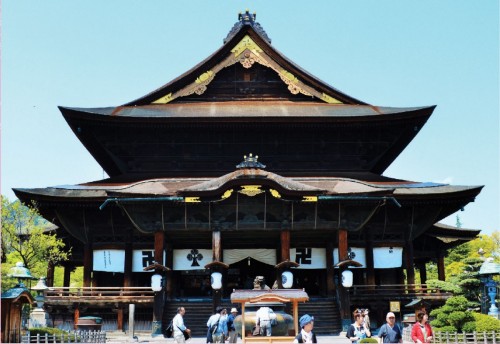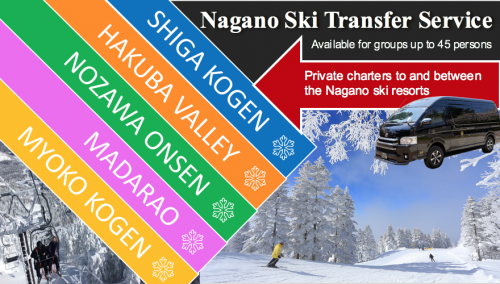Explore Takayama’s Old Town
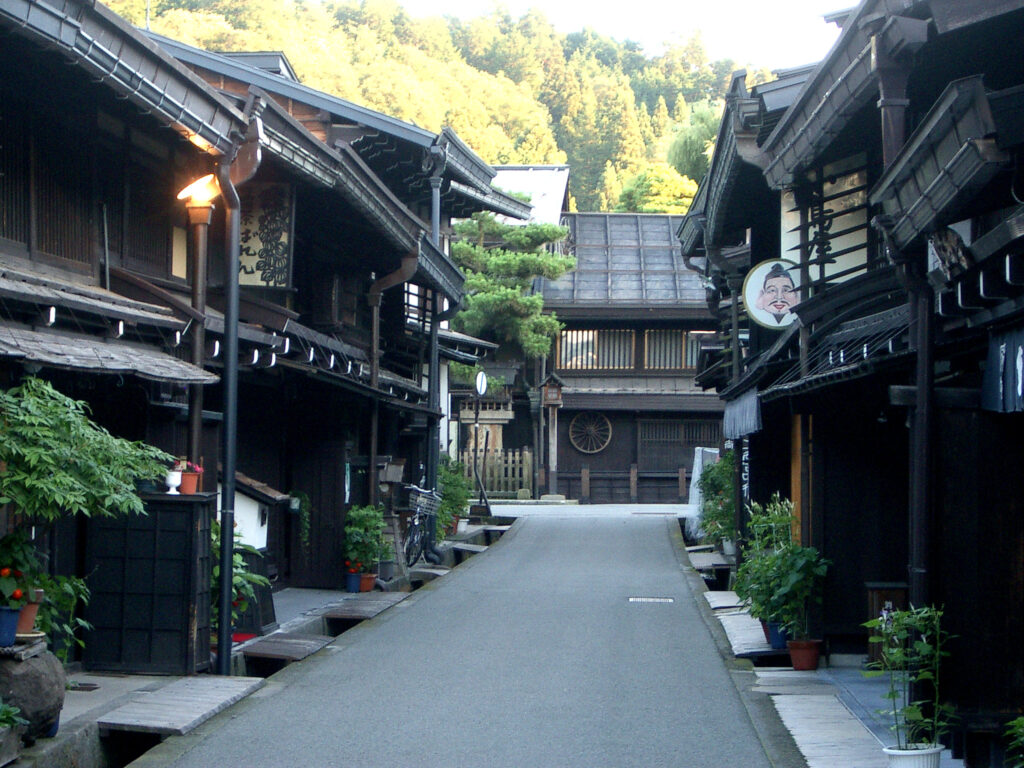
When people talk about the beauty of Takayama and encourage you to visit, they are speaking of the city’s beautiful historic centre – one of Japan’s best remaining examples of an Edo Period town. Often considered a golden age of Japan, the Edo Period (1603-1868) saw the Tokugawa Shogunate come to power after centuries of upheaval during the Sengoku or ‘Warring States Period’. Under the Tokugawa shogunate, the country was controlled from the new capital of Edo (now called Tokyo) and Japan entered a protracted period of peace.
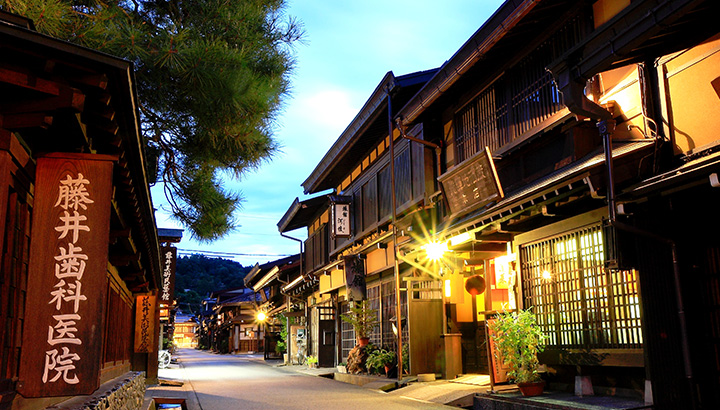
Though located at great distance from Edo, the small city of Takayama was renowned for the skill of its carpenters, timber craftsmanship and other artisans. As such the city was placed under the direct control of the shogun, under a policy known as ‘shihaisho’ or ‘tenryo’. Translating to ‘emperor’s land’, Takayama was effectively owned by the shogun who made use of its master craftsmen in constructing temples and official buildings throughout Japan.
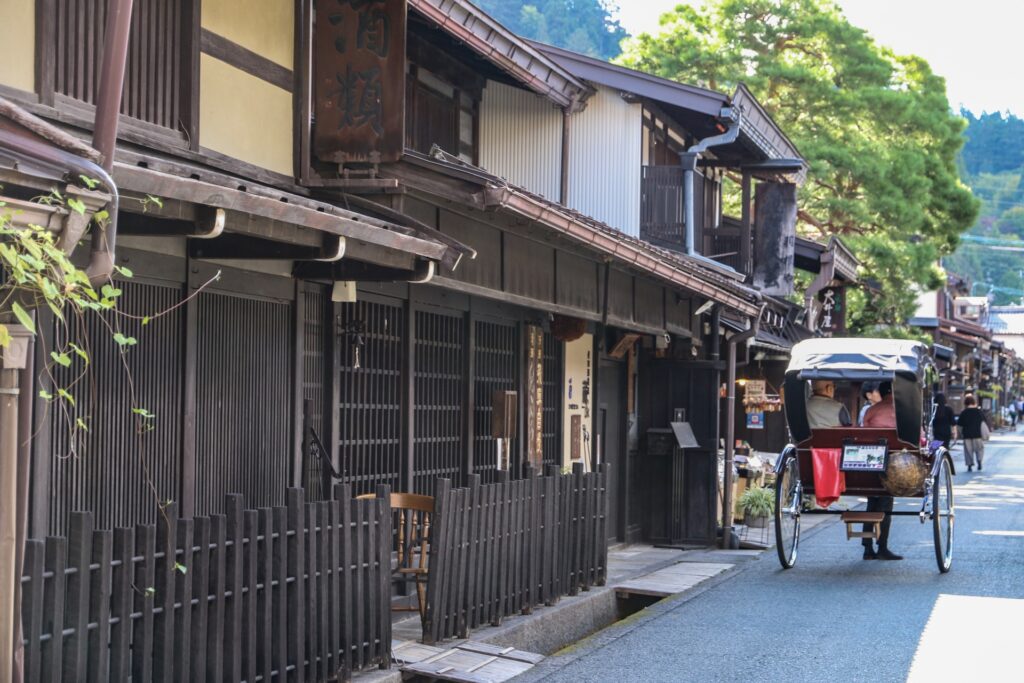
Today, that mastery can still be seen in the charming streetscape of Takayama’s old town. Known as the Sannomachi, the historic centre of the city lays claim to being one of Japan’s best remaining examples of an Edo Period town.

Original buildings dating back to the 18th century remain today, a testament to the quality with which they were constructed. Merchant buildings, storehouses, and historic homes operate as restaurants, cafes, museums, and craft stores, with the families that run them often living on the second-floor.
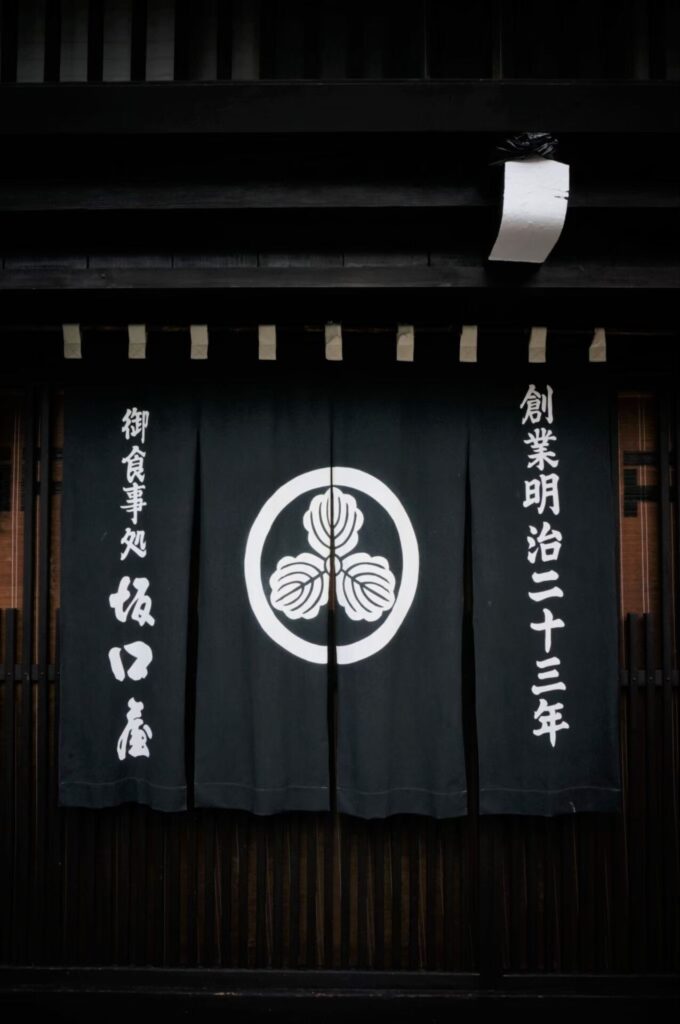
As such, Sannomachi retains a lively and authentic atmosphere as daily life continues around the many tourists that walk its streets. Increasingly popular with international visitors, the relatively small historic centre becomes crowded during the day, with long queues outside the most popular eateries. Try to avoid the middle of the day and instead aim for the morning – between 9AM and 11AM – and afternoon – 3PM and 5PM – before and after the large tours buses depart and the streets empty.
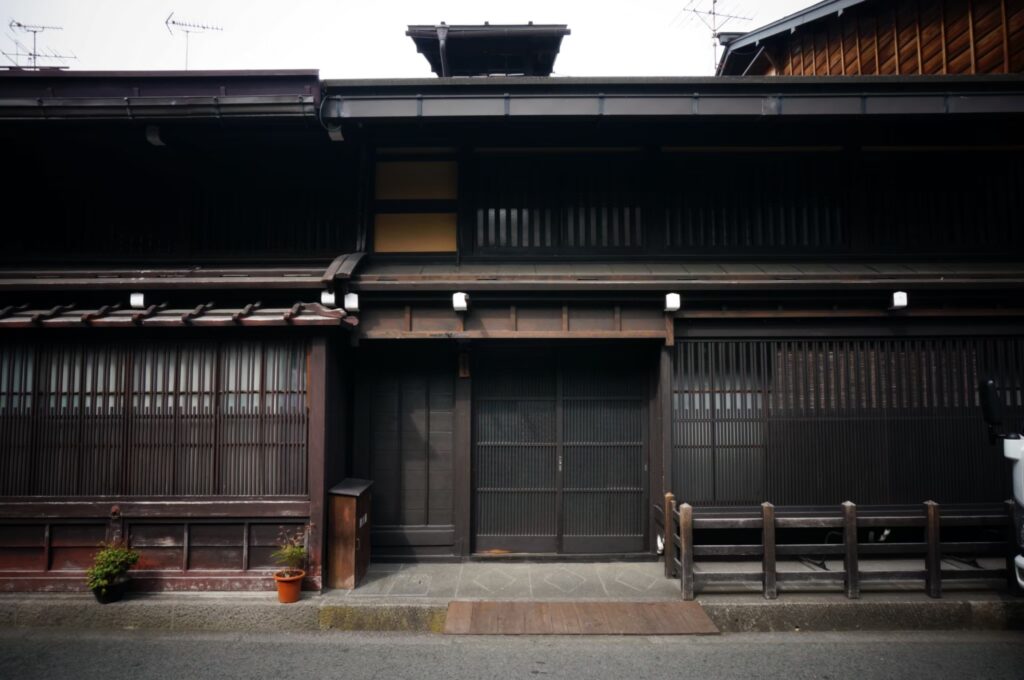
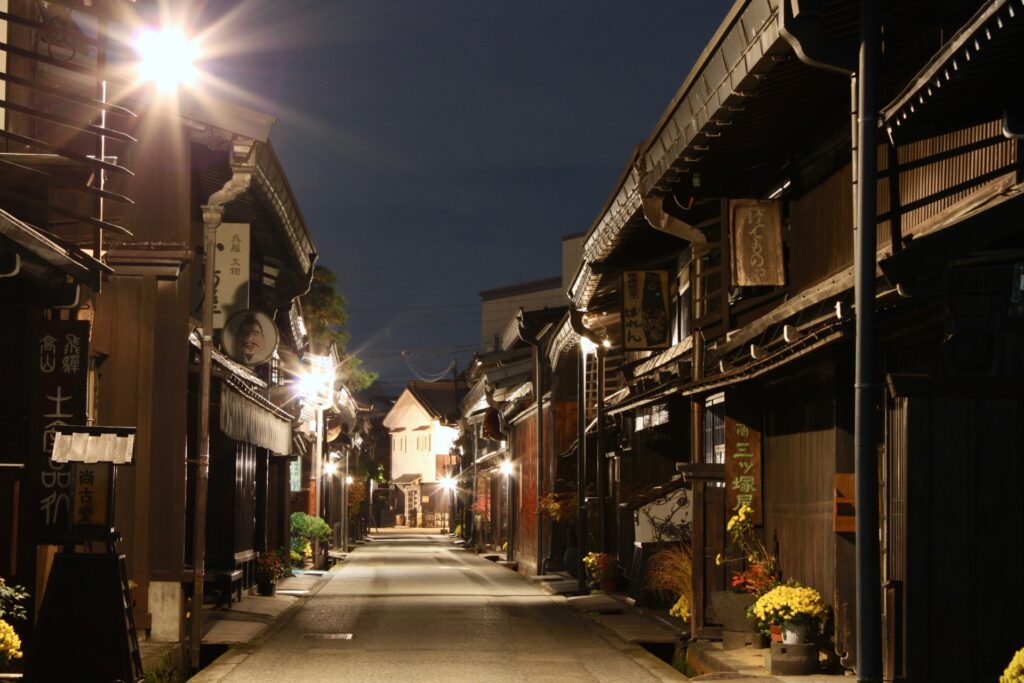
These are some of the notable attractions in and around Takayama:
Takayama Jinya / 08:45 to 17:00 / admission JPY440
As the former residence of the ‘daikan’ (district governor) who controlled Takayama on behalf of the Shogunate, the buildings of the Takayama Jinya date back to the 17th century and were in use until 1868. It is one of the best examples of an Edo Period administrative complex and residence remaining in Japan and is well-worth visiting.

Visitors can move through the buildings and grounds with relative freedom including the governor’s residence, banquet hall and reception areas, kitchen, storehouses and on-site civil and criminal courts.
Kusakabe Heritage House / 09:00 to 16:30 / admission JPY500
One of Takayama’s oldest remaining merchant houses, the former residence of the Kusakabe family provides insight into the daily life during the Edo Period.
Yoshijima Heritage House / 09:00 to 17:00 / admission JPY500
Constructed in 1908, the Yoshijima Heritage House is a relatively new addition to Takayama. Dating from the Meiji Period, the wooden interior of the house demonstrates the skill of local carpenters – a reputation which continues to this day.
Fujii Art Gallery / 09:00 to 17:00 / admission JPY700
Also called the Fujii Bijutsu Mingeikan and Fujii Folk Craft Museum, the gallery exhibits a collection of 2500 historical art and craft artefacts in a traditional wooden storehouse. Fronted by a beautiful gate along one of the Sannomachi’s most popular streets, the gallery is sure to grab your attention.
Takayama Yatai Kaikan / 09:00 to 17:00 / admission JPY1000
The museum showcases Takayama’s famous autumn ‘matsuri’ (festival) including display of 4 of the festival’s 11 ornate floats. English audio guides are available.
Takayama Showa Museum / 09:00 to 18:00 / admission JPY800
Dedicated to Japan’s Showa Period (1926-1989), the museum displays artefacts from daily life, including houses and restaurants, in that time. A period now popular with younger Japanese for its retro appeal, wandering through the Showa displays elicits a feeling of nostalgia for seemingly simpler times.
Hida Folk Village / open-air museum
Finally, away from the old town and just outside of Takayama, the ‘Hida no Sato’ or Hida Folk Village is an open-air museum preserving more than thirty ‘gassho-style’ thatch-roofed houses. Unique to the mountain villages of Toyama and Gifu Prefectures, the distinctive construction of these buildings has been widely recognised by the UNESCO World Heritage listing of the Historic Villages of Shirakawa-go and Gokayama.
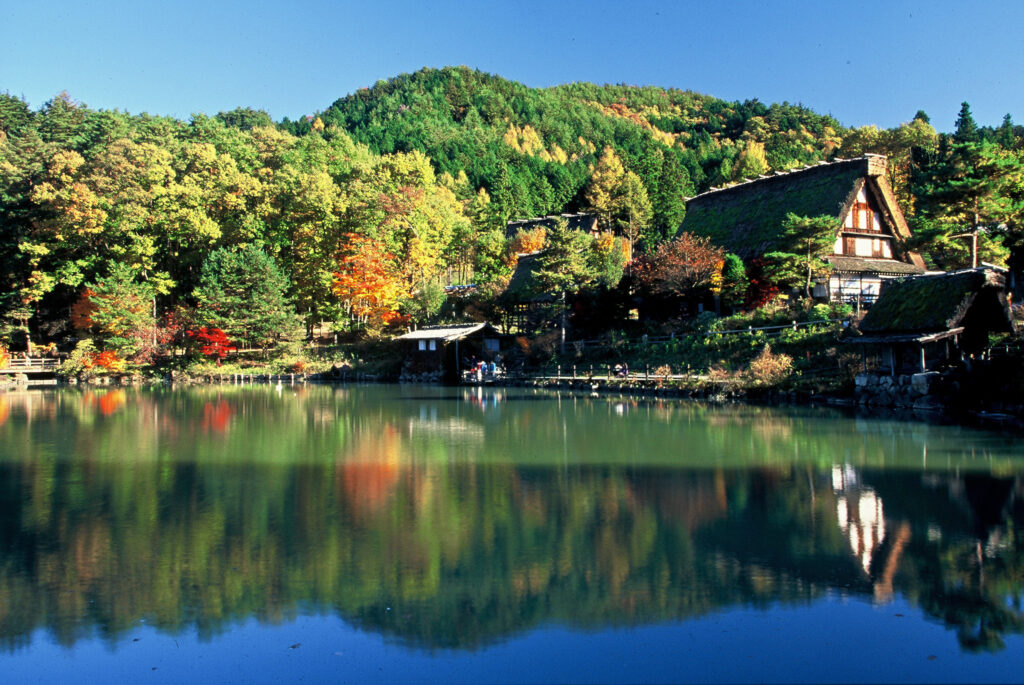
Relocated to Takayama in 1971, visitors who don’t have the time to reach Shirakawa-go can enjoy the beautiful and ingenious design of gassho-style architecture while in the city. Also home to the Hida Takayama Crafts Experience Center, which displays folk crafts and skills, the Hida Folk Village is worth exploring for a couple of hours. Open 08:30 to 17:00 / admission JPY700.
Want to see the old-town of Takayama for yourself?
Based in Central Japan and operating all-year-round, we offer a two highly entertaining tours, including our popular group-tour of Takayama and Shirakawa-go and our immersive Takayama History and Culture tour. Both of these tours are sure to educate and please. All tours are led by locally-based guides and combine a visit to several places-of-interest in Takayama or with a walk around the quintessentially Japanese town of Shirakawa-go. Our tours are fun, interactive and family-friendly. For more information, or to book a tour, click on the banner or button below.
1 Day Tour
| 1-Day Tour from Takayama: Explore Scenic Old Japan in Takayama and Shirakawa-go | |
| Period | All Year Round |
| Time | 09:00 – 18:30 |
| Meeting Place | Takayama Station |
| Adult Rate | ¥20,800 / 22,800 |
| Child Rate | ¥12,000 / 14,000 |

1 Day Tour
| 1-Day Tour in Takayama: Immerse in Takayama’s Rich History and Temples | |
| Period | All Year Round |
| Time | 09:00 – 16:00 |
| Meeting Place | Takayama Station |
| Adult Rate | ¥18,800 |
| Child Rate | ¥11,500 |

Of course, we also offer private tours and transport in and around the Takayama area, and other regional destinations. Our drivers and vehicles are fully certified, allowing us to transport you to and from your preferred destinations in combination with any activity that suits your schedule. All vehicles are well-maintained and in good condition, allowing you to relax and enjoy your ride to wherever you are going.
We can arrange both private tours with an English-speaking guide or a private charter, including a private vehicle and driver but without a guide. We’d love to be part of your adventure in Central Japan and help you discover even more!
Private Tour
| [START FROM TAKAYAMA] Private Takayama & Shirakawa-go Tour | |
| Period | All Year Round |
| Time | 09:00 – Takayama Area |
| Meeting Place | Takayama Station Area |
| Price | ¥211,200 ~ / group |

Got a question about visiting Takayama or Shirakawa-go? Click the ‘INQUIRY’ button below or contact us and let’s get planning together!


